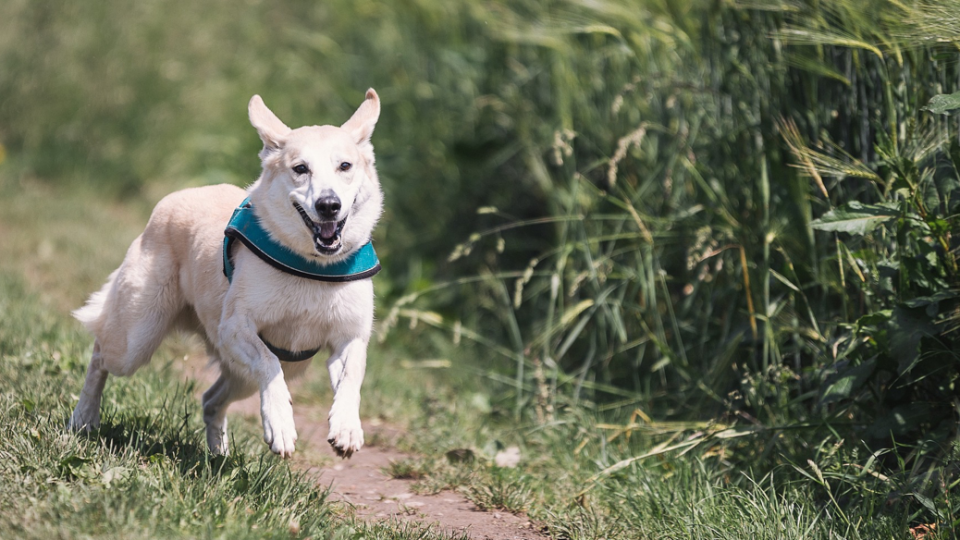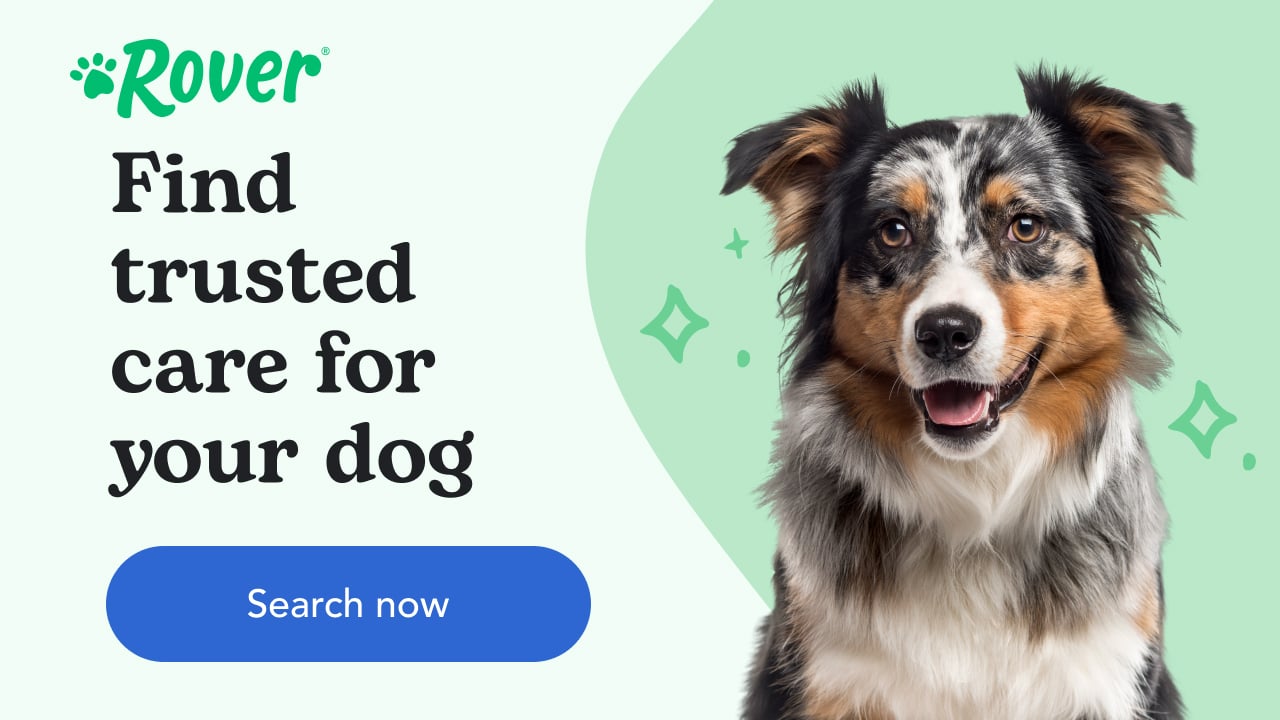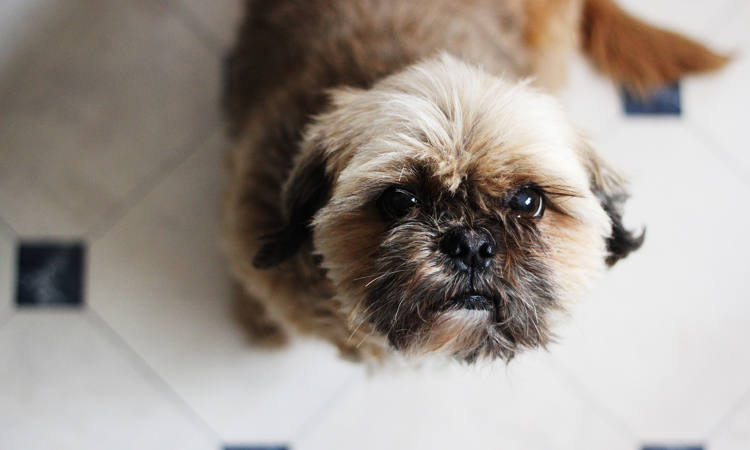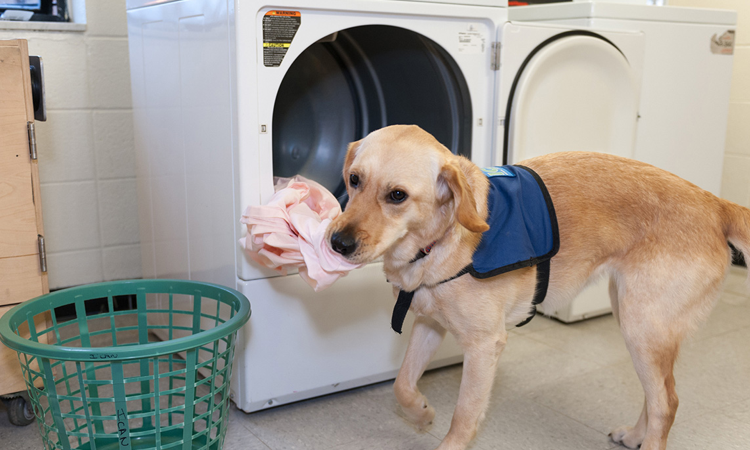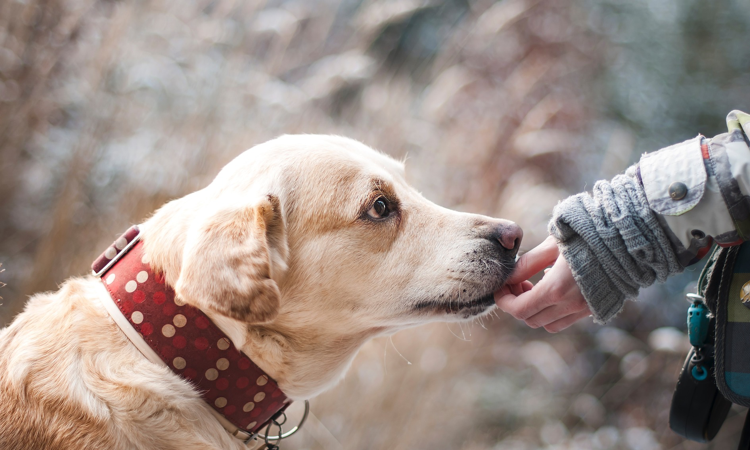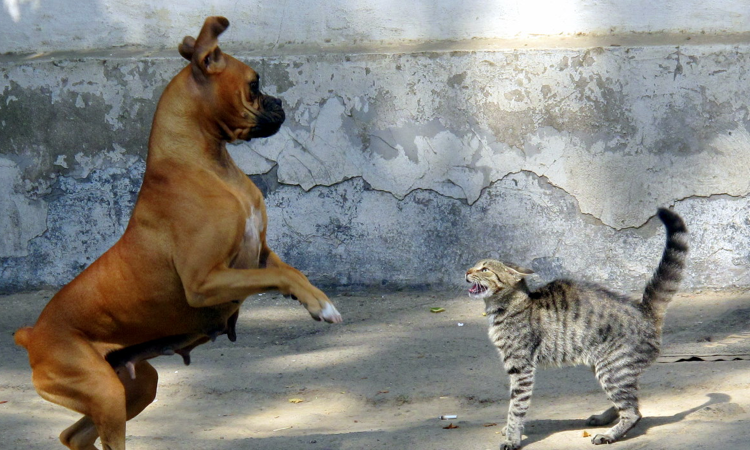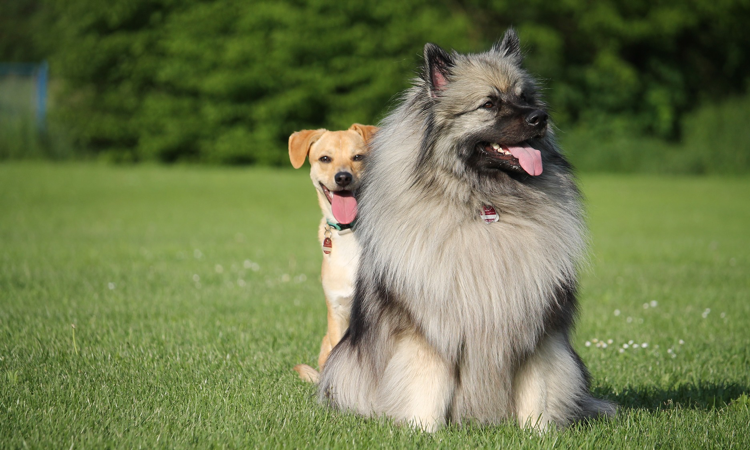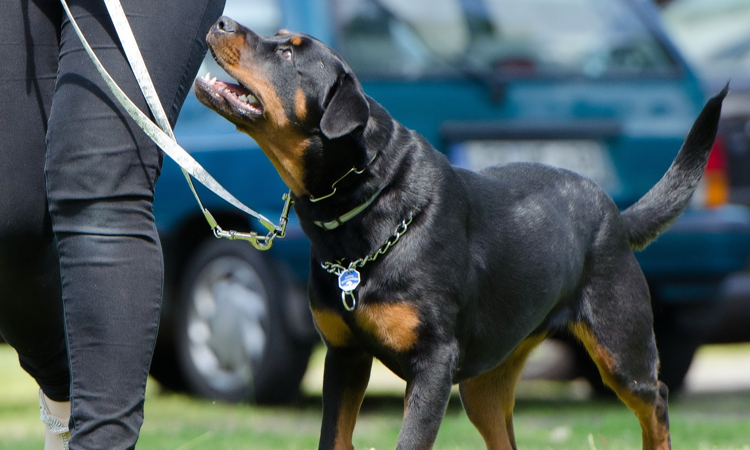Just like people, dogs go through a “teenage phase” shortly after puppyhood. Your dog’s adolescent phase will begin at around six months for small dogs and 9-12 months for big dogs. It can last until 18 months to when your dog is two years old, at which point they are usually considered a fully fledged adult. So what does this development phase mean for you and your precious pup?
As a puppy, you dog is innately dependent on you for survival, as they would be their mum within a pack. Cue gooey eyes, following you around, and being extremely eager to please, which of course makes for great puppy training! In the teenage phase your puppy is becoming much more independent. As a result, the pull to explore their environment is much more exciting than their pull to come back when you call. Other behaviours you can expect include:
- A relapse in basic obedience and the stuff you spent hours teaching them
- A stubbornness that seems akin to a child asking “but why should I do this?”
- No longer following you around or craving your attention
- Poor recall and running off
- Bossy towards other dogs
Luckily, this is only a phase, and, unlike human teenagers, it only lasts months rather than years! With the right training, consistency and patience, you’ll have your lovely pup back with you in no time. In this guide we walk you through all of the tips and essential training you need for your adolescent dog during their teenage months.
Letting your adolescent dog off the lead
One of the key things dog owners report during the adolescence phase is that their dogs suddenly forget to come back when called. It can even seem like your dog has gone temporarily deaf, or that they have caught ‘the scent of the wild’ as some say, where they are suddenly just gone. This is typical teenage dog behaviour and it will pass. Remember that this doesn’t mean your dog will never come back when called and with consistency, great recall can be reinforced.
Reinforce your dog’s recall during this stage with these 5 tips:
- Consider using a long line lead which will allow you to practice recall while still having your dog under your control.
- Ensure you take out lots of high-value, tasty treats for recall such as chicken, ham or cheese.
- Each time your dog comes back to you perfectly, reinforce this behaviour with a treat and lots of praise.
- If your dog doesn’t come back or you have misbehave while off lead, don’t tell them off when they eventually do come back or when you catch them. This will just create a negative association in their mind, that when they come back they get told off, put on the lead or taken home.
- Keep recall sessions short and fun—don’t let your dog become bored as the pull to run off and find something more exciting will only increase.
Training your adolescent dog to work for things
As us humans know, nothing in life is free. But did you know this is a great truism that applies to your adolescent dog’s obedience training, too? By making your dog work for everything they get you’re helping them get the mental challenge they love almost as much as physical ones. Before you throw your dog’s ball or toy, make them sit or give you their paw. If they want to go outside, ask for a sit first.
This is particularly important with food. You can ask your dog to do a trick, or series of tricks, while you hold their food in the air. Once complete, set it down.
Similarly, you can try this:
- Prepare your dog’s food then ask them to sit while you’re still holding it.
- Begin lowering the food to the floor. If at any point your dog comes out of their sit, hold the food back up again.
- If they manage to hold the sit, place the food down on the floor and ask them to wait.
- If they break the wait or sit, pick the food back up again.
- Eventually you should be able to leave the food in front of them while they remain in a sit until you give your release cue (e.g. “okay” or “go on then”) and allow them access to the food.
Giving your adolescent dog a job
Ensuring your teenage dog gets enough exercise during the adolescent phase will help to tire them out after all, the saying is true, a tired dog is a happy dog. If you need a guide to how much exercise your dog needs, check out this article.
As well as the usual exercise, you should also try to give your teenage dog new experiences. Adolescent dogs are seriously interested in the environment around them and have lots of hormone-induced energy to burn. Help them by introducing new places, people and socialising with other dogs. Try new parks, games, walks and experiences; just keep them on the lead for safety if you aren’t sure how they might behave in a new environment.
You can also give your dog a job or task to complete to help keep their mind and body active, which means less chance of them thinking up their own ‘work’ (read:mischief!). Some of the jobs your teenage dog might enjoy include:
- Play hide and seek with your dog, either inside the house or outdoors which may also help remind them that you are an unpredictable human and that they should keep an eye on you.
- Hide your dog’s favourite toy in a room and then ask them to “find it.”
Teach your dog to “touch” their nose to a post-it note or a specific item, then introduce this for jobs around the home. For example, can they help shut the washing-machine door? - Let your dog help pull your rubbish bags along to the bins or help to pull your washing basket.
- Throw various tennis balls around the house then ask your dog to ‘clean up’ which will mean placing them all back in the basket for a tasty treat.
- Use scent training to hide a treat in the house or garden and encourage them to sniff it out using their nose.
Reinforcing basic obedience training
Your puppy may have been the star of puppy classes, but as they enter the teenage phase it can seem like they’ve completely forgotten everything they once knew. This is the time to ensure you’re constantly reinforcing basic obedience training. Even if they seem to have nailed sit or stay before, this will help to remind them of the appropriate behaviour and will help keep them alert to your every command. Here are three tips that will help:
1. Keep sessions short
Short, fun obedience sessions every day will help your dog to remember their basic commands. Don’t give them time to get bored, or training will become a chore for you both.
2. Practice basic commands
Things you can practice include a basic sit, stay, lie down and roll over as well as more advanced training such as recall, name recognition and toilet training.
3. Be firm, fun and patient
Your dog’s hormones mean that they can be a little unpredictable during the teenage phase which can be unsettling for you both. Balance this by ensuring you are always consistent, firm and patient with your pup to help them learn that you love them no matter what. If your dog can’t seem to handle the obedience training, leave it and start again the next day. As frustrating or naughty as they might be, we’d urge you to never smack or shout at your dog, as this sort of treatment won’t do your dog any favours. Try to end each day on a high with sofa snuggles or a nice walk together.
Helping your teenage dog with unexpected fears
With an adolescent dog you may find that the statue you used to walk past every day in the park suddenly without so much as whimper becomes a terrifying object to bark at. This is sometimes called the ‘fear period.’ Around the one-year mark, a teenage dog can become more frightened of people, things and situations than they may have even been as a puppy. This is temporary and extremely common. Helping your teenage dog through this stage will ensure they come out the other side as a happy, friendly adult.
If your dog becomes spooked by a seemingly normal situation give these tips a try:
- Stay upbeat and cheerful. Talk to your dog and continue as normally as you can.
- If your dog refuses to walk further or tries to bolt, feel free to pick them up, cuddle them or encourage them to come to you for comfort.
- Use a distraction technique such as a game or toy to help your dog move past whatever they fear.
- Avoid forcing your dog to move. Without making a fuss, turn around and walk the other way or cross the road. This will show your dog you’ll always help them out of a scary situation and will therefore make them more confident to approach new things once the teenage phase has passed.
- Try to pair what your dog loves with what makes them nervous. If they don’t like people on bikes, give them a treat each time one goes past. If they’re scared of big dogs, ask other owners to give them a treat each time you meet them. This will help them build positive associations through their adolescent fears.
Socialising with other dogs during the adolescent phase
Part of your dog’s adolescent development stage will be the physical and hormonal changes they go through (much like ourselves as teenagers). Female dogs will come into season which can be uncomfortable, as well as attracting unwanted attention. Male dogs also have an attack of the hormones which can make them more domineering, bossy or give them the urge to “hump” other dogs, humans or even things. For this reason, your dog may become fussy with their puppy playmates and may not engage as nicely as they once did when meeting other dogs.
Here are four tips on how to socialise your dog during the teenage phase:
- Firstly, still try to socialise your teenage dog as much as possible. A good playing session down the park will wear them out and will help remind them why they love other dogs. You could also leave them with a pet sitter who provides dog boarding so they can make even more new friends. We have plenty of great sitters on Rover.com.
- Snapping and snarling dogs (particularly male dogs) can often be a sign of under confidence. Help your dog to feel more confident around other dogs by organising walks, playdates and park meet-ups with friends and their dogs, as this will help build confidence and reduce the behaviour.
- Praise and reward your dog each time they greet another dog in public appropriately.
- If your dog does try to snap or fight with another dog, stay calm and simply remove them from the situation. If you can, organise to meet the same dog owner again in a controlled environment where you can praise and reward your dog for a better greeting. Eventually, they will associate that particular dog or owner with great things.
Training classes for your adolescent dog
Many good training centres offer advanced or refresher training courses for your adolescent dog during its teenage phase. Don’t be afraid to go back to basics and reintroduce lots of treats and praise for good behaviour. Training classes also give you the opportunity to bring any serious issues to a qualified trainer’s attention, as well as increasing socialisation and helping your dog to remember how to focus. Attending training with your teenage dog will also help reinforce your bond and will remind you why you fell in love with them in the first place.
It’s a sad truth that most dogs are put up for re-homing during the teenage phase of growth than at any other time during their life. Don’t give up on your dog during this phase. With training, reinforcement and practice you will soon have the adult dog you always dreamed of, and you will be much closer to them for it.
